Small warehouse space optimization increases the amount of usable space you get from your storage area. With a strategic layout and deliberate operations, you can remain in your small warehouse space longer as you grow your business.
1. Calculate Your Current Space Utilization to Know Exactly How You Use Your Space
How do you use the small warehouse space currently? Calculating current space usage gives you a starting point for finding extra room for storage and working.
How to Calculate Your Current Space Utilization
- Find the cubic footage by multiplying the square footage of your warehouse by the clearance height.
- Next, calculate the potential storage space by multiplying the length, width, and height of your racking.
- Divide the potential space by the cubic volume of the warehouse to calculate the percentage of usable space you have. Aim for storage space of no more than 27% of your total volume. This storage use ensures that you will have enough space to move between aisles, get pallets off racks, and place working and packing stations in your warehouse.
2. Use Containers That Fit Stored Items to Find Extra Space
If you store products in containers with extra space on top, you’re wasting valuable storage space. Match the storage containers as closely as possible to the volume or size of the items inside to improve your warehouse space usage.
3. Follow the Pareto Principle to Use Your Space Effectively
The Pareto Principle also goes by the term the 80-20 rule. It stems from the financial world in which 80% of results happen from 20% of causes. In warehousing, this means that 80% of your sales will come from 20% of your inventory. Focus on placing products within this 20% closer to the packing area to minimize the time required to retrieve them.
4. Put Vertical Space to Use in Your Warehouse
Look up in your warehouse and you’ll notice that you may have vertical storage space that you don’t use. The highest levels of your storage racks can hold seasonal items or specialty products that you don’t sell as often. Using your vertical space ensures that you make the most of your warehouse’s volume instead of only focusing on its square footage.
5. Minimize Your Aisle Widths to Add Warehouse Space
Many small warehouse layout ideas include ways to fit more storage racks or shelves. Reducing the spaces between aisles can help you to find room for another piece of storage equipment.
Standard warehouse aisles measure 12 feet wide, which provides adequate space for a counterbalanced lift truck to move. Narrowing the aisles will require that you instead use smaller equipment such as order pickers or reach trucks.
6. Add a Mezzanine to Maximize Inventory Storage
A mezzanine level can add extra office or storage space on a middle level in your warehouse. However, only use this option in a larger facility in which you have permission to do. You may need to check with local building regulations and the landlord to find out if you can add a mezzanine level.
7. Reorganize Your Shelving for a More Optimal Layout and Save on Space
Your organization ideas for your business’ small warehouse need to include how to sort the products on your shelves for better use. Place products that you sell quickly and more often on lower shelves and closer to the packing station. This organization will help you to reach these products as fast as possible when you need to fulfill orders.
8. Maximize Your Space by Storing Items According to Size
Instead of storing items by type, consider storing them by size. Space out your storage racks so larger items fit on the lowest levels and smaller items on top. Smaller items may require less vertical space between the racks above and below them. As long as you can safely insert and remove pallets from the rack, reducing space between racks can help you to increase storage on the unit.
9. Nix Obsolete Inventory to Increase Storage Space
Stop allocating storage space to products that don’t sell. Two thieves of efficiency in using warehouses are empty areas and improperly used storage. Focus your storage on the goods that you currently sell. Doing this will free up extra space in your warehouse by getting rid of non-moving products.
10. Clean up Your Floor to Gain Valuable Space
Your floor needs to stay clean. In fact, OSHA requires under 1910.176(c) that you must keep all storage spaces free of hazardous obstructions. By maintaining a clean warehouse, you will also benefit from finding storage space on the floor for pallets and bins.
11. Use 5-S and Lean Management Principles for Small Warehouse Optimization
The basic tenant behind lean management principles is doing as much as possible with as little as possible. These principles originated with Toyota Motor Corporation’s production system. This Toyota Production System (TPS) used just-in-time manufacturing to only make what was needed when required. By reducing overhead operating costs and wasted resources, the TPS system improved production efficiency for the entire company.
One type of lean management that came from TPS was 5S. This term comes from the five strategies used to maintain a clean, efficient, and safe workplace. While manufacturers often use this strategy, it also is a useful practice for warehouse optimization.
The term 5-S stands for:
- Sort: Get rid of unused or rarely used products to free up storage space.
- Set in Order: Organize the remaining inventory to optimize its layout based on how quickly each product moves.
- Shine: Keep the warehouse clean and clutter-free.
- Standardize: Establish procedures and tasks to make the previous points habitual.
- Sustain: Conduct employee training and checks to ensure the 5S principles continue.
Integrating 5S style management into your small warehouse space operations will improve your storage efficiency and save time. You will then have newly discovered time and space to grow your business.
12. Choose the Right Storage System to Increase Storage Density
Storage options vary and can inspire new small warehouse business ideas for an efficient layout. Numerous variations on standard pallet racks exist to meet the needs of almost any warehouse.
Double racking, for instance, allows you to place twice as many pallets on racks. However, for stocking, you will need equipment that can reach into these doubly deep racks. Most of the time, expensive equipment is not needed to reach the double rack. A simple rolling safety ladder should suffice.
Another option for storage is using drive-through racks that have a space for a lift truck to enter the racking and stock products from the back sides.
For small businesses that don’t require large warehouse spaces, the most efficient storage method may simply be to integrate standard racking and storing products of similar sizes close to each other on the racks.
13. Add Storage in Unexpected Places to Optimize Your Space
Don’t accidentally overlook unused corners or the space above doors. Bins or storage shelves in these areas can boost the space that you use for storage without you needing to move into a bigger warehouse space.
14. Run Racking Lengthwise to Increase Storage Capacity
If your small warehouse space has a rectangular shape, place racking parallel to the longest side. This small warehouse layout provides greater efficiency by using fewer aisles between the racks.
15. Pick the Correct Small Warehouse Space That Fits All of Your Needs
To start optimizing your warehouse space, start with the right amount of room for your business. New small businesses work well within small warehouse spaces. With countless ways to get more storage from the smallest of spaces, you can effectively operate and grow your business from a small warehouse space.
Are You Using Your Space Effectively?
How effectively do you use your small warehouse space? With our units at WareSpace, you’ll have access to the tools you need for fulfilling your small warehouse layout ideas. Our small warehouse spaces offer everything your business needs from both storage facilities and shared offices. Check out our spaces now to see how far your business can go with efficient small warehouse optimization.
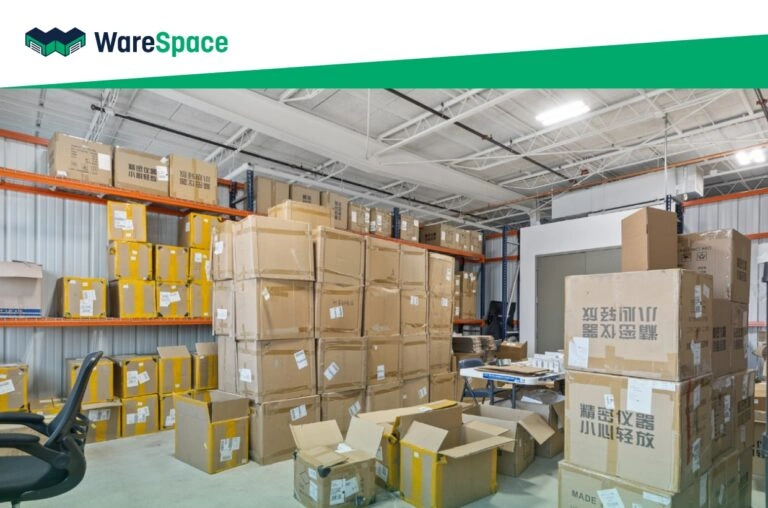
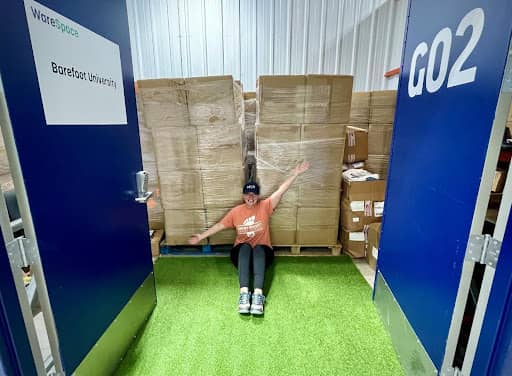

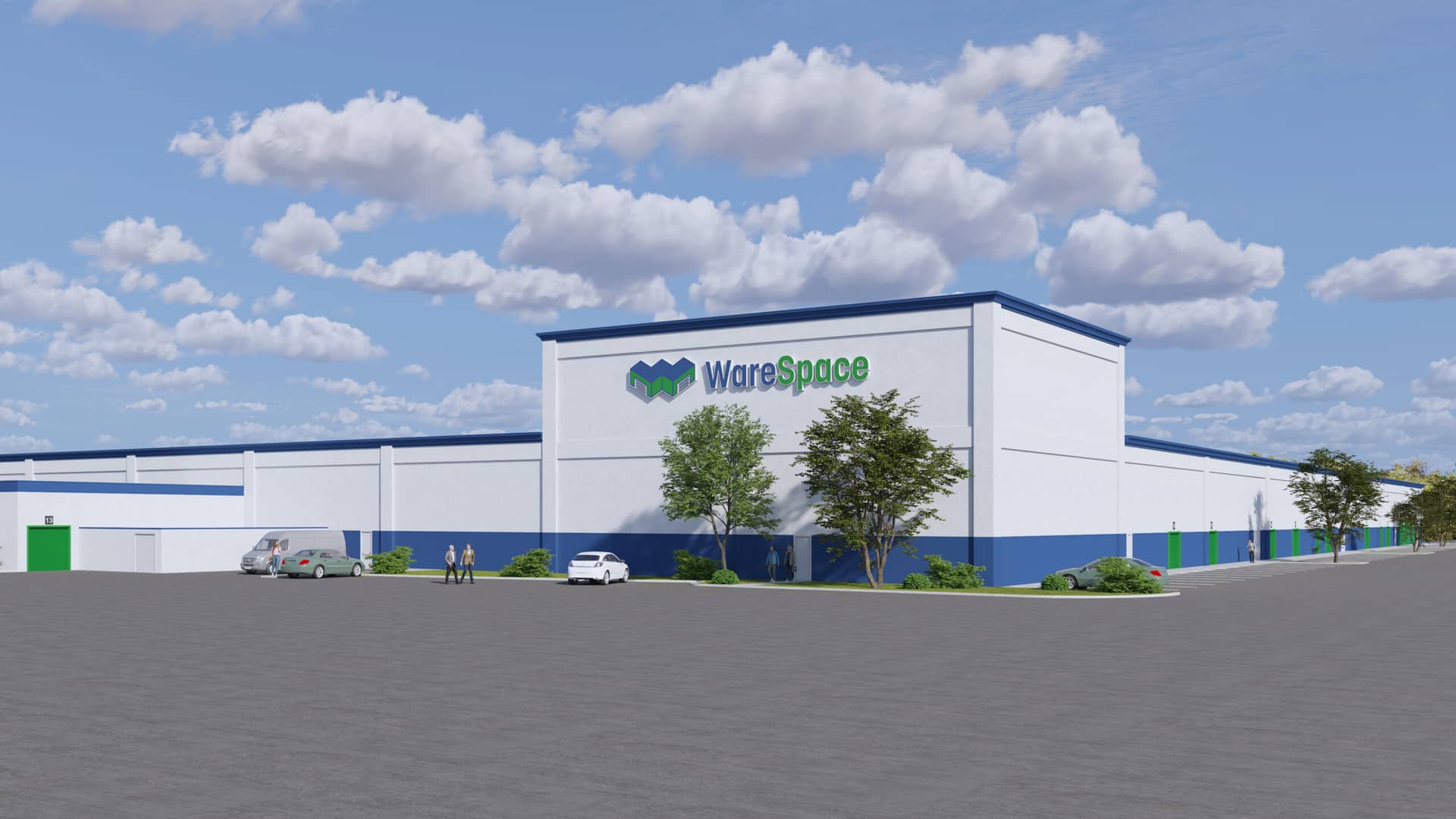
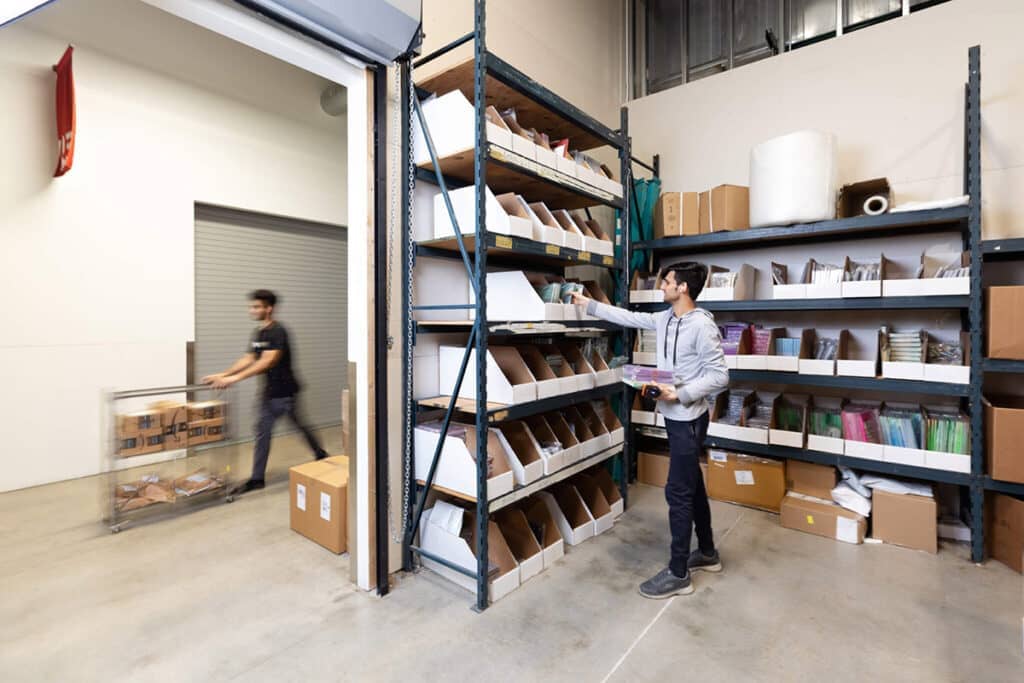
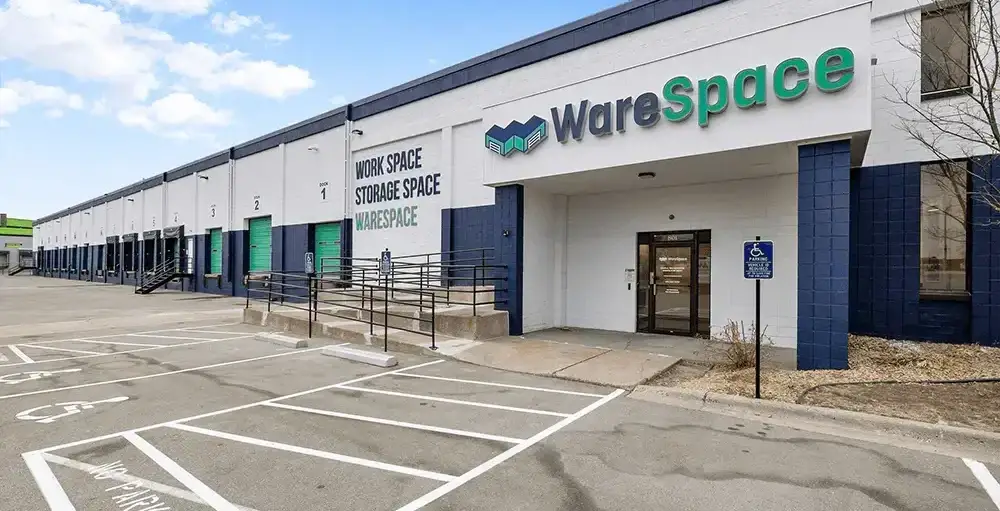
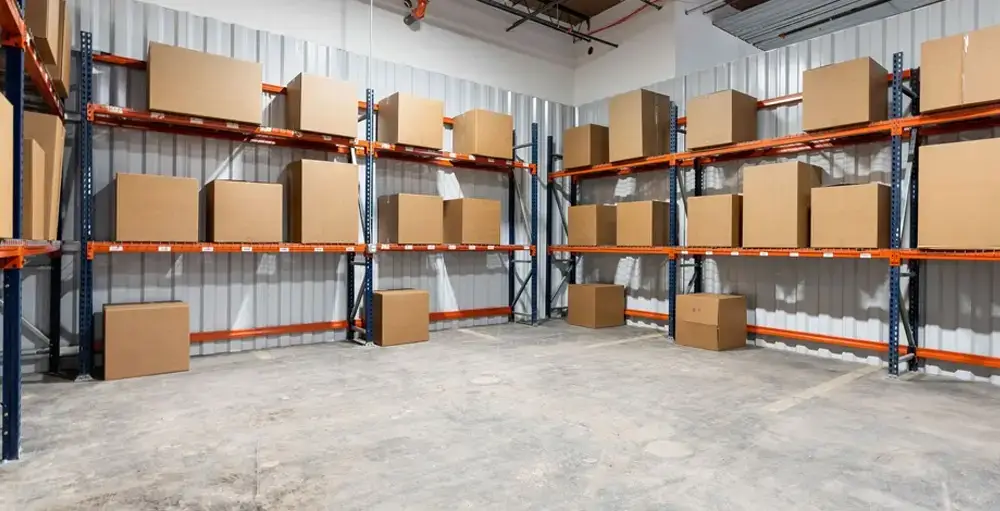
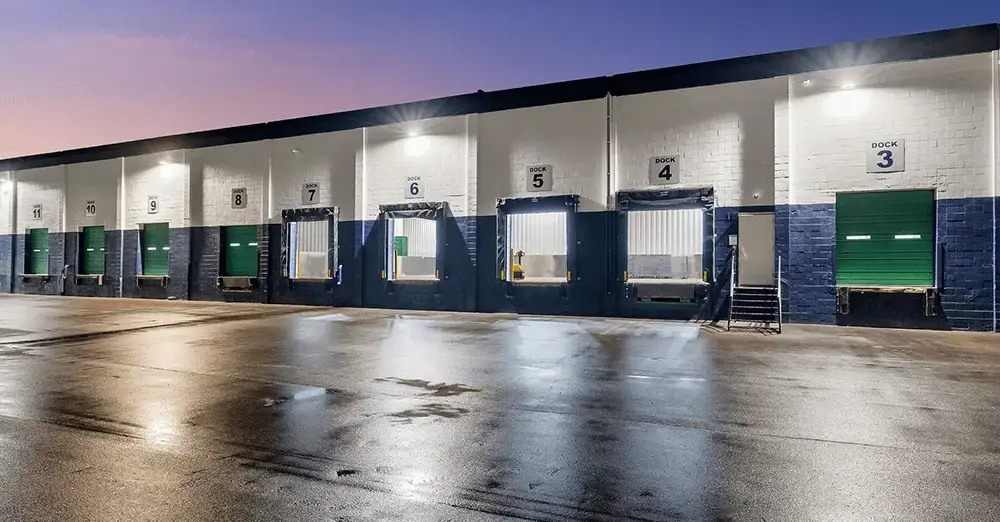
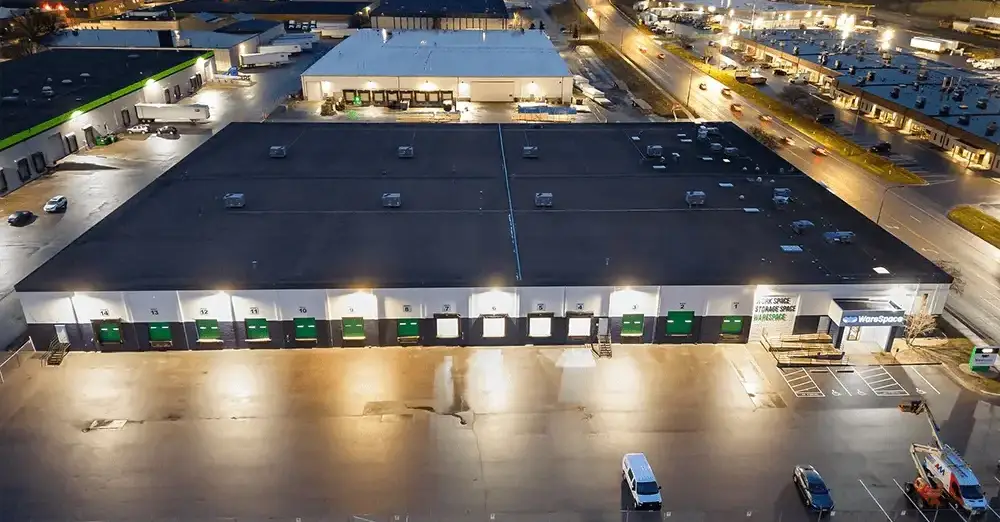











 ►
Explore 3D Space
►
Explore 3D Space